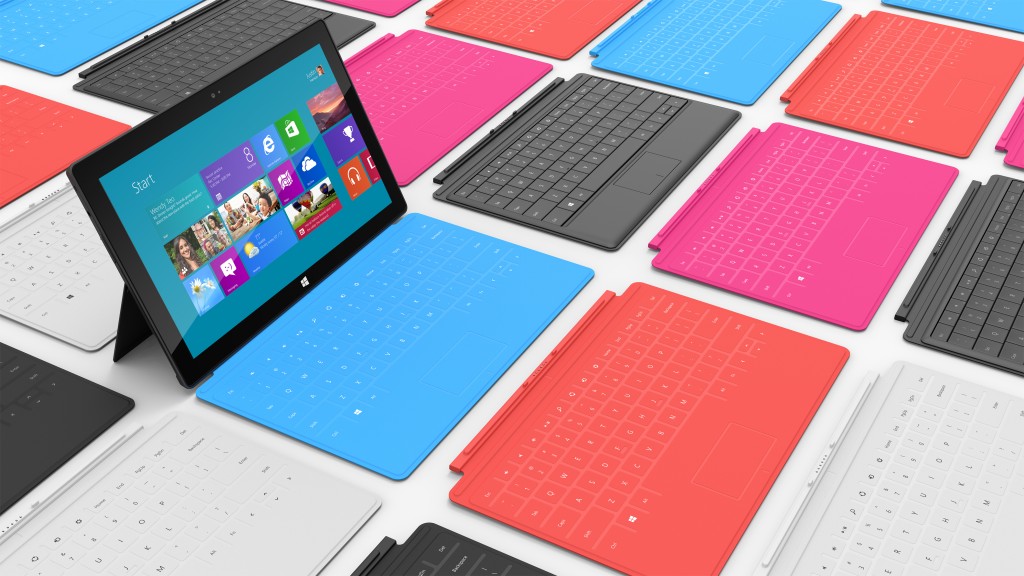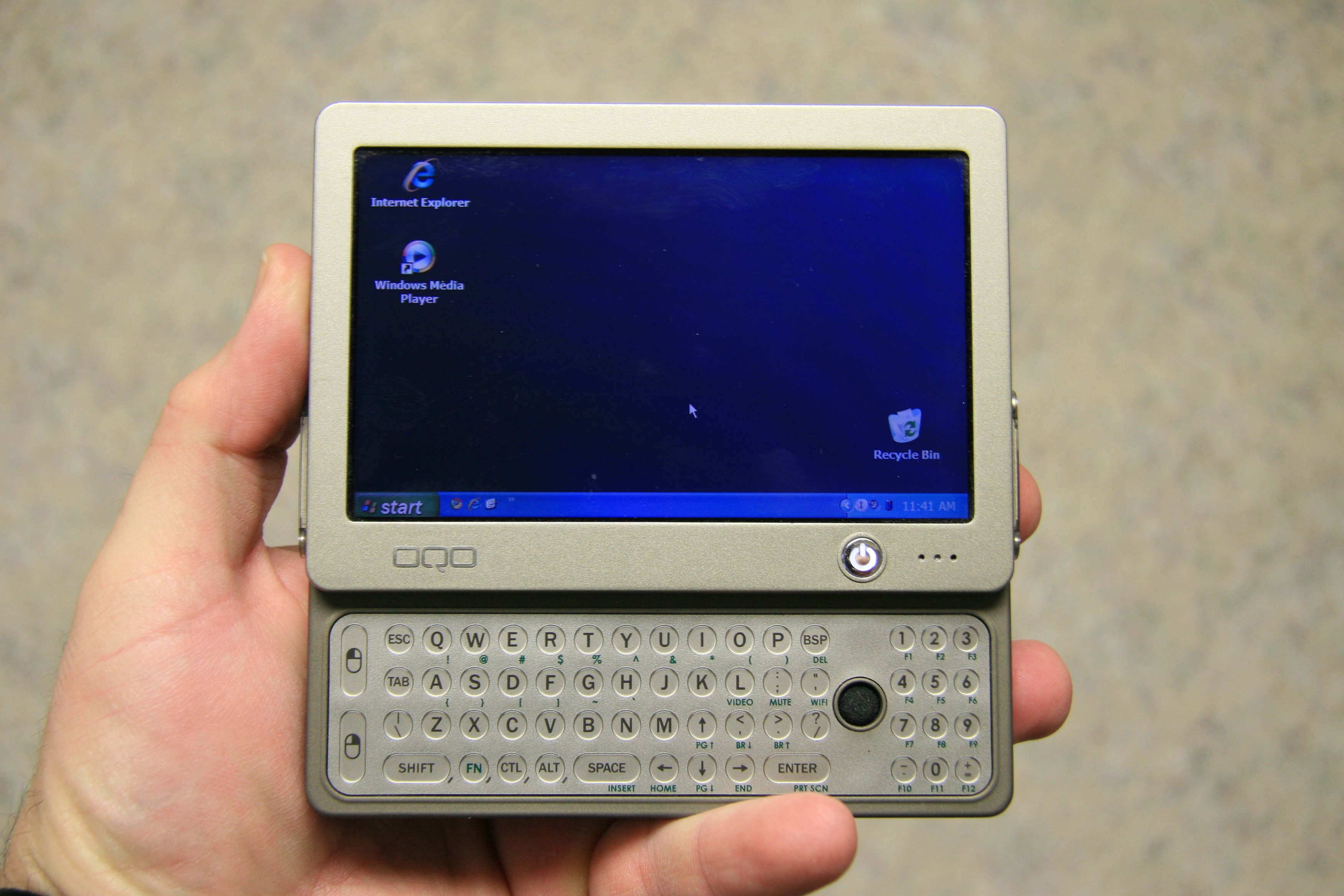KevinMD.com:
“Undertreated pain is worse than addiction.â€
On one end is the doctor who is deeply, morally troubled by patients in pain. This doctor is not unaware of the risk of addiction but is willing to risk being taken advantage of by a wily narcotic seeker rather than leave pain untreated. This doctor knows that undertreated pain can tremendously decrease his/her patients’ quality of life. He/she feels that relieving suffering is one of the most important responsibilities of a physician.
“Addiction is worse than undertreated pain.â€
On the other end is the doctor who is deeply, morally troubled by the possibility that he/she may contribute to someone’s narcotic addiction. This doctor is not indifferent to pain but is willing to risk undertreating pain rather than inadvertently create an addict. This doctor knows that every single narcotic addict gets their ongoing pill supply, directly or indirectly, from a physician’s prescription pad. He/she feels that preventing the misuse of these dangerous medications is one of the most important responsibilities of a physician.
The article is interesting because it’s basically true. The author describes two camps in the pursuit of pain and the potential for “addiction”: 1) “Undertreated pain is worse than addiction.” or 2) “Addiction is worse than undertreated pain.†I’ve come across both camps during my stint as a pharmacist.
I think there are a couple of things worth mentioning. First, I would speculate that those on the side of addiction-is-worse-than-undertreated-pain have never been in severe pain. Pain can be both mentally and physically devastating; been there. And second, I believe there is a distinct difference between addiction and dependence. People that are in pain, real pain, will seek pain medication. That doesn’t make them an addict. It makes them humans in search of relief from pain. They are basically dependent on pain medication to maintain a certain quality of life. People with diabetes utilize insulin to maintain a certain quality of life. Do we say that they are addicted to insulin? Not likely.
The controversy surrounding pain medications is troubling to me. I fear that people will needlessly suffer as physicians and other healthcare providers become paranoid about potential addiction and regulatory issues, which will ultimately lead to rampant under treatment of pain. All I’m saying is first and foremost treat the patient.





